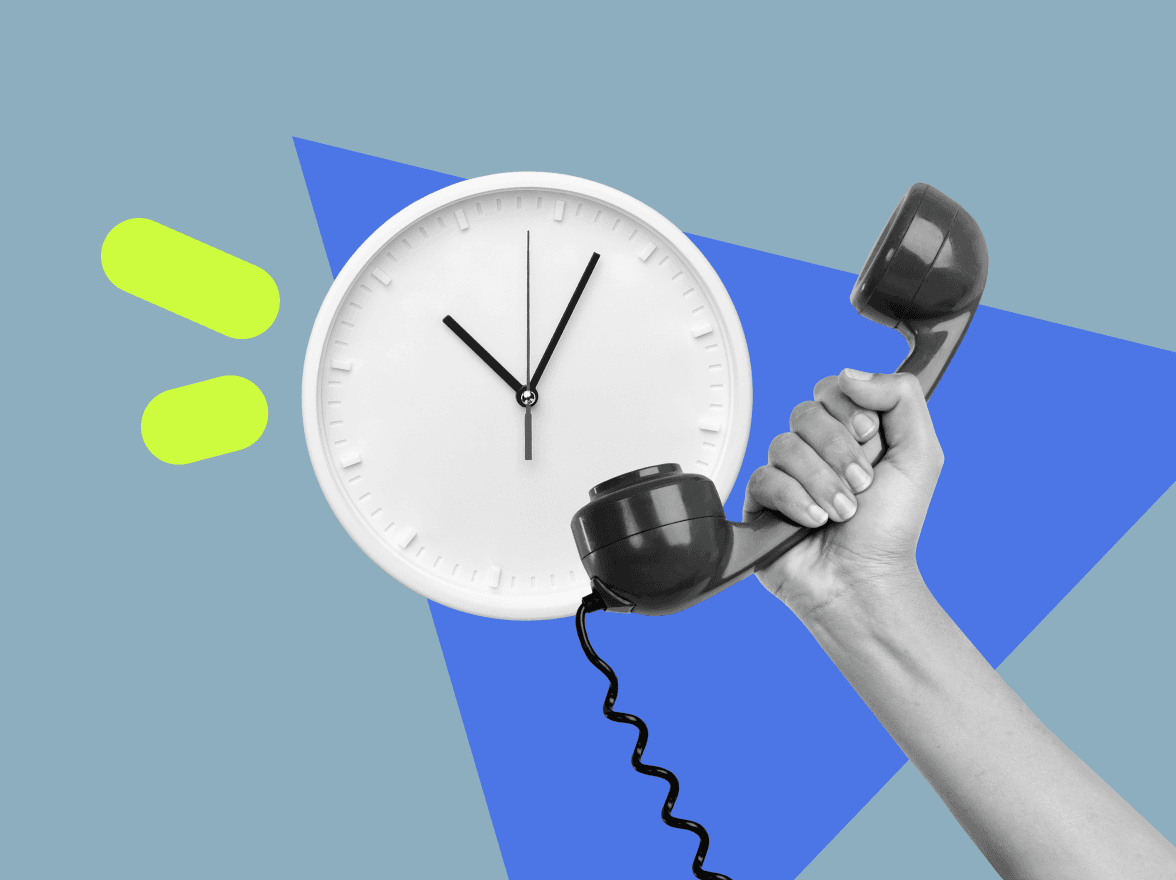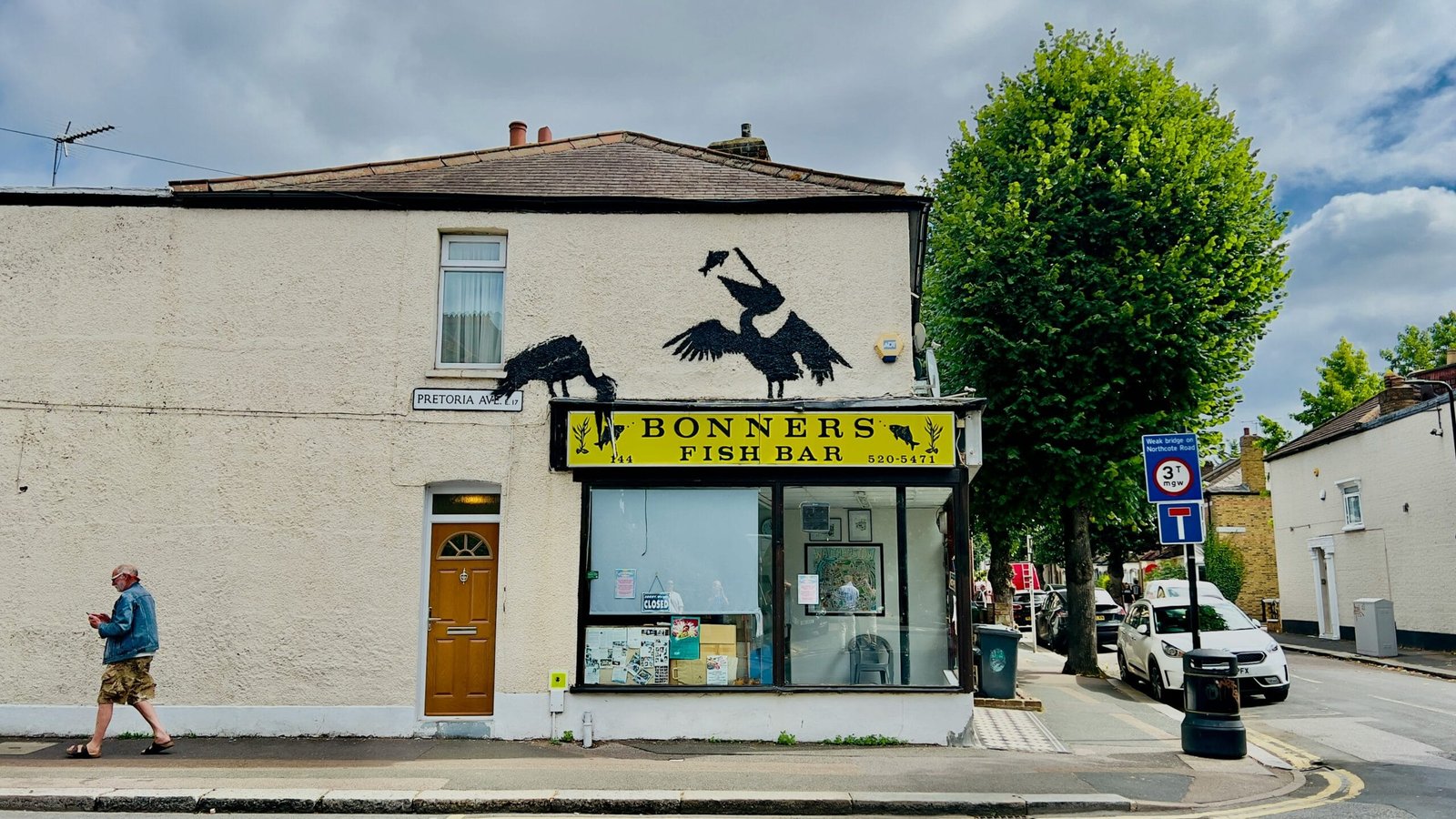What is Average Handling Time (AHT)?
Average Handling Time (AHT) is a crucial metric in customer service, especially within call centers and various industries that prioritize customer interactions. It represents the total time an agent spends addressing customer inquiries, combining both the actual time spent on call (talk time) and any necessary follow-up work performed post-call (after-call work). AHT serves as a key performance indicator (KPI) that helps organizations evaluate their customer service efficiency.
When determining AHT, the calculation typically involves a straightforward formula: AHT equals the total handling time across all calls divided by the total number of calls handled within a set period. This mathematical expression provides a quantitative measure that businesses can analyze to gauge how effectively they are resolving customer issues.
The significance of AHT extends beyond mere numbers; it plays an essential role in identifying operational efficiencies and ensuring that customer service representatives are utilizing their time effectively. High AHT may indicate that agents are struggling with the inquiries being presented to them, suggesting the need for enhanced training or better resources. On the other hand, an exceptionally low AHT may signal rushed interactions that could lead to unresolved customer issues, negatively impacting customer satisfaction.
In the context of top business process outsourcing (BPO) companies, such as those located in Ortigas, understanding AHT can illuminate areas for potential improvement and enhance overall service quality. By monitoring this metric alongside other relevant KPIs, organizations can create a precise overview of their operational efficiency and customer satisfaction levels, ultimately leading to a better experience for all stakeholders involved. Thus, knowing what is AHT is vital for any business focused on optimizing its customer service strategy.
Importance of AHT in Customer Service
Average Handling Time (AHT) serves as a crucial metric within customer service operations, particularly for organizations striving for efficiency and high customer satisfaction. Understanding what is an AHT allows service leaders to analyze the time taken to resolve customer queries, which has direct implications for operational performance and resource management. The relevance and importance of AHT extend beyond merely completing calls quickly; it encapsulates the quality of interactions and the effectiveness of service delivery.
Balancing efficiency with service quality is a fundamental challenge in the customer service landscape. A prevalent misconception is that a lower AHT automatically equates to superior performance. However, this perception can be misleading. If representatives rush to close calls, customer satisfaction may decline, leading to potential negative impacts on overall brand loyalty. Thus, the focus should not solely be on minimizing average handling time but rather on optimizing it to enhance customer experiences. Achieving a productive balance between handling time and service quality is vital for success.
The significance of AHT becomes particularly evident in the context of top BPO in Ortigas, where operational excellence is key to maintaining competitive advantage. Companies that utilize metrics such as AHT effectively can identify training needs, streamline processes, and enhance the skills of their customer service teams. Additionally, implementing tools and technologies that assist in efficiently managing AHT—like Tru29—can result in more meaningful interactions with customers. By closely monitoring this critical metric, businesses can adjust strategies and protocols to not only meet operational goals but also create a more positive customer service environment.
Ultimately, optimizing AHT is not solely about cutbacks in handling time but fostering a culture that values both efficiency and customer satisfaction. When approached thoughtfully, AHT can transform service delivery processes into opportunities for enhancing the overall customer experience.
Strategies to Optimize AHT
Optimizing Average Handling Time (AHT) is essential for organizations aiming to enhance their customer service efficiency without compromising on the quality of service. Several strategies can be employed to achieve this goal.
Firstly, implementing comprehensive training programs for customer service representatives is paramount. These programs should focus on product knowledge, effective communication skills, and problem-solving techniques. Well-trained employees can handle queries more efficiently, which effectively reduces AHT. Regular workshops and role-playing scenarios can further prepare staff to deal with actual situations they may encounter.
Secondly, the deployment of effective call routing systems can also play a critical role in minimizing AHT. By directing calls to the appropriate department or specialist, organizations can eliminate unnecessary transfers and waiting times. This not only expedites the resolution process, but also enhances overall customer satisfaction.
Moreover, leveraging technology to streamline processes is another vital strategy. Utilizing customer relationship management (CRM) systems or other automation tools can help in quickly accessing customer data, minimizing the time spent searching for information during calls. Furthermore, artificial intelligence-driven solutions can assist in analyzing call patterns, providing actionable insights to improve agent performance significantly.
In addition to these methods, organizations should actively seek customer feedback to refine processes. Gathering insights regarding common pain points can aid in altering strategies and improving service delivery, ultimately leading to a reduction in AHT. Listening to customer feedback allows for continual monitoring of effectiveness and fosters a culture of improvement.
It is important to remember that while optimizing AHT is vital, maintaining service quality must be a top priority. Employing these strategies will not only enhance efficiency metrics but can establish a reputation for exemplary service. Organizations in locations like Ortigas, engaged with top BPOs such as Tru29, can greatly benefit from the methodical implementation of these strategies to optimize AHT.
Measuring and Analyzing AHT
To effectively measure and analyze Average Handling Time (AHT), businesses can leverage various tools and software specifically designed for tracking customer service metrics. Solutions such as Customer Relationship Management (CRM) systems, Call Center Software, and specialized analytics tools provide a comprehensive view of handling times. These platforms can offer real-time insights and historical data, allowing organizations to monitor AHT trends across different timeframes and operational contexts. By employing these tools, companies can gain a clearer understanding of their performance in relation to customer interactions.
Benchmarking against industry standards is crucial in this analysis. By comparing their AHT with those of the top BPOs in Ortigas and other leading firms, businesses can gain valuable insights into their competitive positioning. Understanding what constitutes a reasonable AHT within their industry helps organizations set realistic goals and expectations. These benchmarks also serve as a motivational tool, encouraging staff to enhance their efficiency and effectiveness in customer interactions.
Interpreting AHT data is vital for driving ongoing performance improvements. Businesses should analyze the data not just as a static number, but as a dynamic indicator of team performance and customer satisfaction. To improve AHT, organizations should focus on identifying root causes of longer handling times. This could involve scrutinizing call complexity, evaluating employee training processes, or addressing any technological limitations that might hinder efficiency.
Moreover, incorporating team feedback and conducting regular performance reviews can significantly enhance the understanding of AHT within customer service teams. Engaging employees in discussions about AHT not only promotes collaboration but also fosters an environment where team members can suggest improvements based on their frontline experiences. This collaborative approach ensures that any strategies developed to enhance AHT are more likely to be effective and embraced by staff, ultimately leading to better customer service outcomes.



